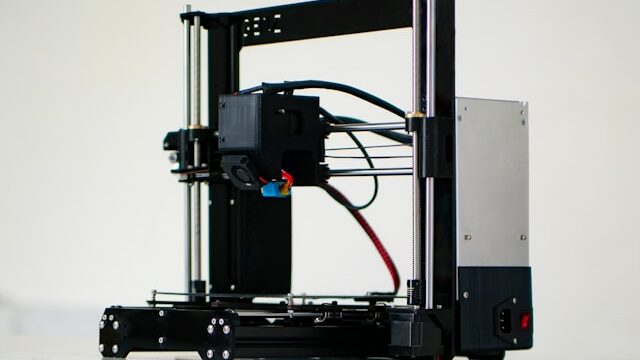3D printing in the medical device sector is rapidly growing, despite ongoing challenges. Innovation and patient care customization are at the heart of this evolution. However, the adoption of this technology continues to expand, with significant growth projections for the coming years.

Rapid Growth of the Medical 3D Printing Market
The medical 3D printing market is expected to reach $4 billion by 2026, up from $2 billion in 2022, with a compound annual growth rate (CAGR) of 21%.
Nearly Unlimited Innovation Possibilities
3D printing allows for the creation of customized prosthetics, implants, and surgical tools. Bioprinting, though still in its infancy, could one day enable the creation of tissues or organs for transplantation, opening new possibilities for personalized medical care.
The Limits and Challenges of Medical 3D Printing
Despite its advantages, 3D printing remains slower than traditional manufacturing methods, such as injection molding, especially for large-scale productions. Improving the technology to make 3D printing as efficient as these methods requires investments in automation and research and development.
Image generated by DALL·E, an artificial intelligence model developed by OpenAI.
The articles published on Imprimy.com are for informational purposes only. They are intended to provide general advice and information related to 3D printing. Imprimy.com cannot be held responsible for the results obtained or the consequences arising from the application of the shared information. We recommend always checking the specific instructions for your hardware and materials before use.


